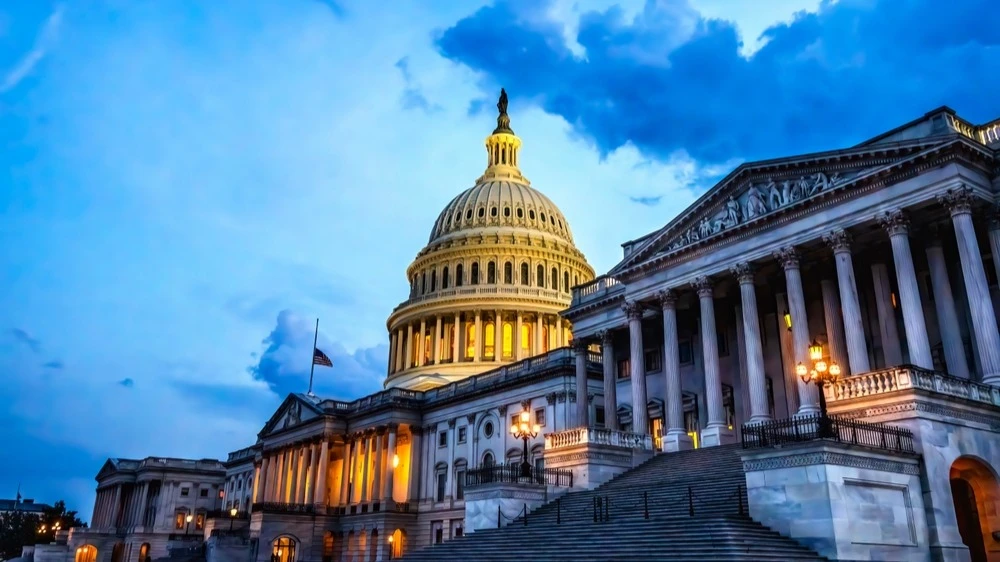U.S. government shutdown due to lack of funding

On October 1, as of 00:00 hours Eastern North American Time, government agencies in the United States, with the exception of "vital" agencies, suspended operations as the upper house of the U.S. Congress rejected a bill to extend funding for their operations.
The White House Office of Management and Budget (OMB) issued a memorandum directing federal agencies to begin implementing plans for the shutdown - a temporary halt in operations due to lack of funding.
It is still unclear how long the shutdown will last, OMB Director Russell Vaught said in a memo. Since 1980, the U.S. government has been shut down or underfunded 14 times, CNBC recalls. The record longest shutdown occurred in late 2018 during Donald Trump's first presidential term. Then federal agencies did not work for five weeks because of disputes over funding for President Donald Trump's proposed construction of a wall on the border with Mexico.
A shutdown means government agencies in the United States are shutting down except for "vital" activities, which will affect everything from air travel to macro data release schedules, Reuters writes.
In the past, investors on Wall Street have largely ignored shutdowns, Bloomberg writes. But this time, the political standoff between Republicans and Democrats seems even more intense, potentially raising the stakes if hundreds of thousands of government workers are shut out of their jobs on Oct. 1, the agency notes.
Futures on U.S. stock indices fell after the U.S. Senate rejected a temporary funding bill that would have allowed government agencies to continue operating for a few more weeks. Contracts for the S&P 500 and Nasdaq 100 slipped 0.5%, while the Dow Jones Industrial Average fell 0.4%.
This article was AI-translated and verified by a human editor
